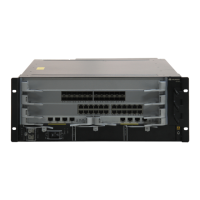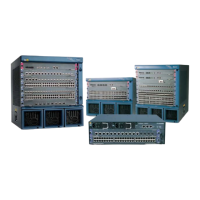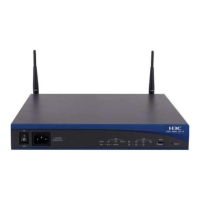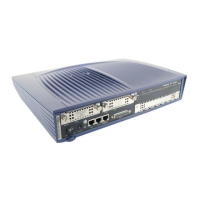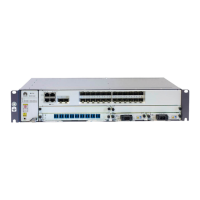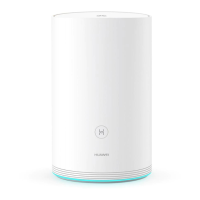Command Manual - Routing Protocol
Quidway S3500 Series Ethernet Switches Chapter 3 OSPF Configuration Commands
Huawei Technologies Proprietary
3-34
Description
Using ospf authentication-mode command, you can configure the authentication
mode and key between adjacent routers. Using undo ospf authentication-mode
command, you can cancel the authentication key that has been set.
By default, the interface does not authenticate the OSPF packets.
The passwords for authentication keys of the routers on the same network segment
must be identical. In addition, using authentication-mode command, you can set the
authentication type of the area so as to validate the configuration.
For the related commands, see authentication-mode.
Example
# Set the area 1 where the network segment 131.119.0.0 of Interface Vlan-interface 1 is
located to support MD5 cipher text authentication. The authentication key identifier is
set to 15 and the authentication key is Huawei.
[Quidway-ospf] area 1
[Quidway-ospf-area-0.0.0.1] network 131.119.0.0 0.0.255.255
[Quidway-ospf-area-0.0.0.1] authentication-mode md5
[Quidway-Vlan-interface1] ospf authentication-mode md5 15 Huawei
3.1.33 ospf cost
Syntax
ospf cost value
undo ospf cost
View
Interface view
Parameter
value: Cost for running OSPF protocol, ranging from 1 to 65535.
Description
Using ospf cost command, you can configure different message sending costs so as
to send messages from different interfaces. Using undo ospf cost command, you can
restore the default costs.
For S3500 series switches,the default cost for running OSPF protocol of on the VLAN
interface is 10.
Example
# Specify the cost spent when an interface runs OSPF as 33.

